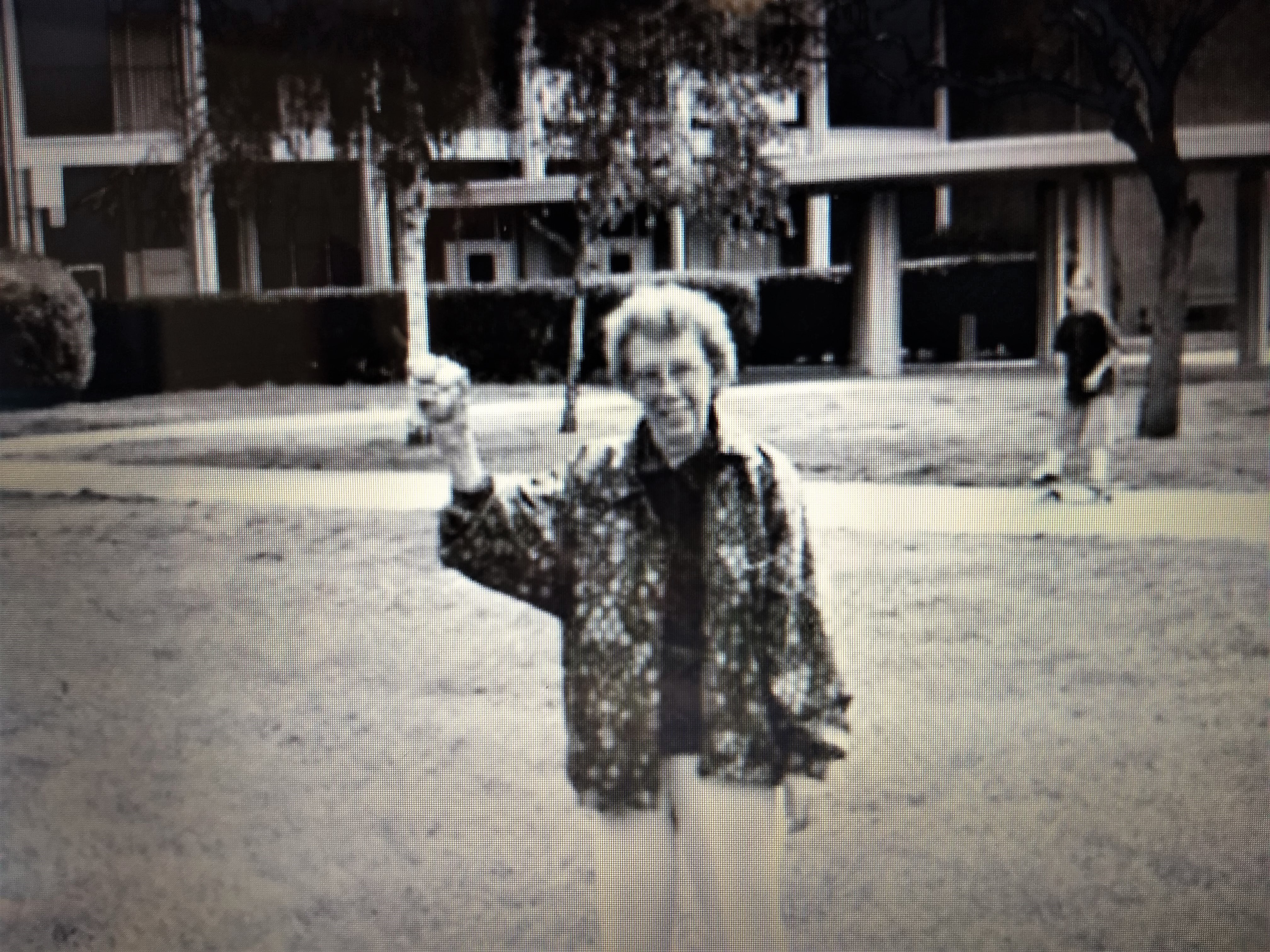One of the most unexpected joys of being on the road has been the opportunity to slow down and get in touch with our roots. We find ourselves meandering the very paths that our grandparents walked during their childhoods and that has given us great perspective on why and how they thought, worked, and played. We have found that our grandparents overcame some great adversities so that some 40 years later we could sit on their laps oblivious to their relationships with their grandparents or the hungry nights of a bad harvest year, or war, or poverty. Yes, taking a little time to walk in their shoes has been eye opening indeed.

Leaving the Black Hills of South Dakota we head north to find Mitch’s family homestead in Marmarth, North Dakota. We always knew that there was a homestead that had the Swedlund name, and that to this day the land was leased by a local farmer. Thinking that we would be discovering Mitch’s grandfathers past we were surprised to find that this was the birth town of his grandmother Minnie Leona Bock/Swedlund and that her family too had a farm on the plains of North Dakota. Grandpa moved to town many years later, but that’s another story.

Train station around 1930
In 1918 Marmarth, North Dakota was booming. The Milwaukee Road Transcontinental rail line had been built from Chicago to Seattle and Marmarths early days were made of railroad builders and workers. In fact the town was named for the granddaughter of the railroad president, her name Margret Martha Finch. Established in 1907 it quickly became a popular homesteading place due to agriculture potential and cheap land. By 1920 the town is in it’s heyday with a population of 1300, a train station, a theater, a newspaper, and even paved sidewalks. It was the fifth largest town west of the Missouri river.

Minnie, born in 1918, was the oldest of three girls born to Charles and Mae Bock. Charles came to Marmarth from Wisconsin most likely to homestead and this is where he met and married Mae in 1917. The town of Marmarth is nestled in a small valley next to the Little Missouri River and surrounding the town are seemingly endless rolling hills of prairie land. People were thriving here and farmers were getting wealthy. What they did not know was that this area of the county was experiencing a wet period that lasted nearly 2 decades. In the 1920’s that would change.
The temperatures in the Marmarth area can get as low as -40 in the winter and as high as 110 in the summer. Being on the open plains the people experience severe thunderstorms whose hail can wipe out crops in a matter of minutes. Life out here was and still is harsh. For Minnie, school was too far away to walk so by the age of 7 she spent her school months living in a boarding home in town along with other farming children. Times, however, were beginning to get tougher and by 1930 half of the population had left Marmarth.


Leona (she never did like the name Minnie and went by her middle name as an adult) once told me how she was sent to live and work at another farmers house when she was 13. She made mention about it being a house full of boys and that they did not treat her well. The family was struggling and this was a way to earn money. Upon doing more research I found that harvest was a long and exhausting time of year. Men would work the fields from sun up to sun down and the women would cook up to 6 meals a day keeping them fed while they worked. Often a number of women would get together at this time or they would hire a local teenage girl to help in the home. This must have been the case for Leona.
It is said that Leona took some of her hard earned money to buy herself a new hat that she had been adoring in the store front window. So proud was she to wear her new hat to school but the other girls made fun of her and made her feel ashamed of her new hat. In fact it seems that her school mates were not very nice at all. They teased her for wearing black leggings as only poor people were black leggings. Life for little Miss Minnie Bock was not very friendly nor easy in Marmarth, North Dakota.

When Leona finished school and had the opportunity to get out of Marmarth North Dakota she took it. We are not sure that Leona and Elmer had even been dating much when Elmer Swedlund exclaimed “I want to go and work on airplanes. Want to get married?” They left Marmarth and moved to Montana where they were married in Fallon in 1938. They spent their first few years working at Yellowstone National Park and after more than 50 years of marriage still felt like those early years were some of the happiest times of their lives.
It has been humbling getting to know our grandparents. Although we may have heard the stories growing up it was not until we stood where they stood, and walked where they walked, that we able to comprehend the depth of what they went through to make our lives better. To think that just one hundred years ago, they did not have a car to drive to town, or electricity in their homestead shacks, nor a grocery store to buy their food. It was a life of hard work and sacrifice and we feel so blessed to have had this opportunity to find this new appreciation in some of our greatest old loves.

http://www.ghostsofnorthdakota.com/category/marmarth-nd/
https://www.marmarth.org/
https://www.marmarth.org/history2.htm
http://www.slopecountynd.com/marmarth/marmarth.html
My intent is to share images that have expired copyrights (published before 1923), are in the public domain and meet the fair use requirements.
